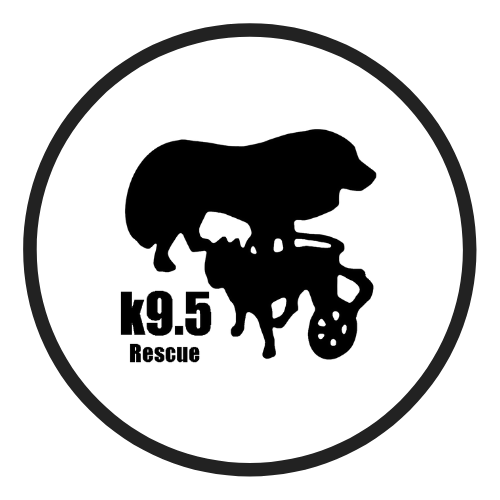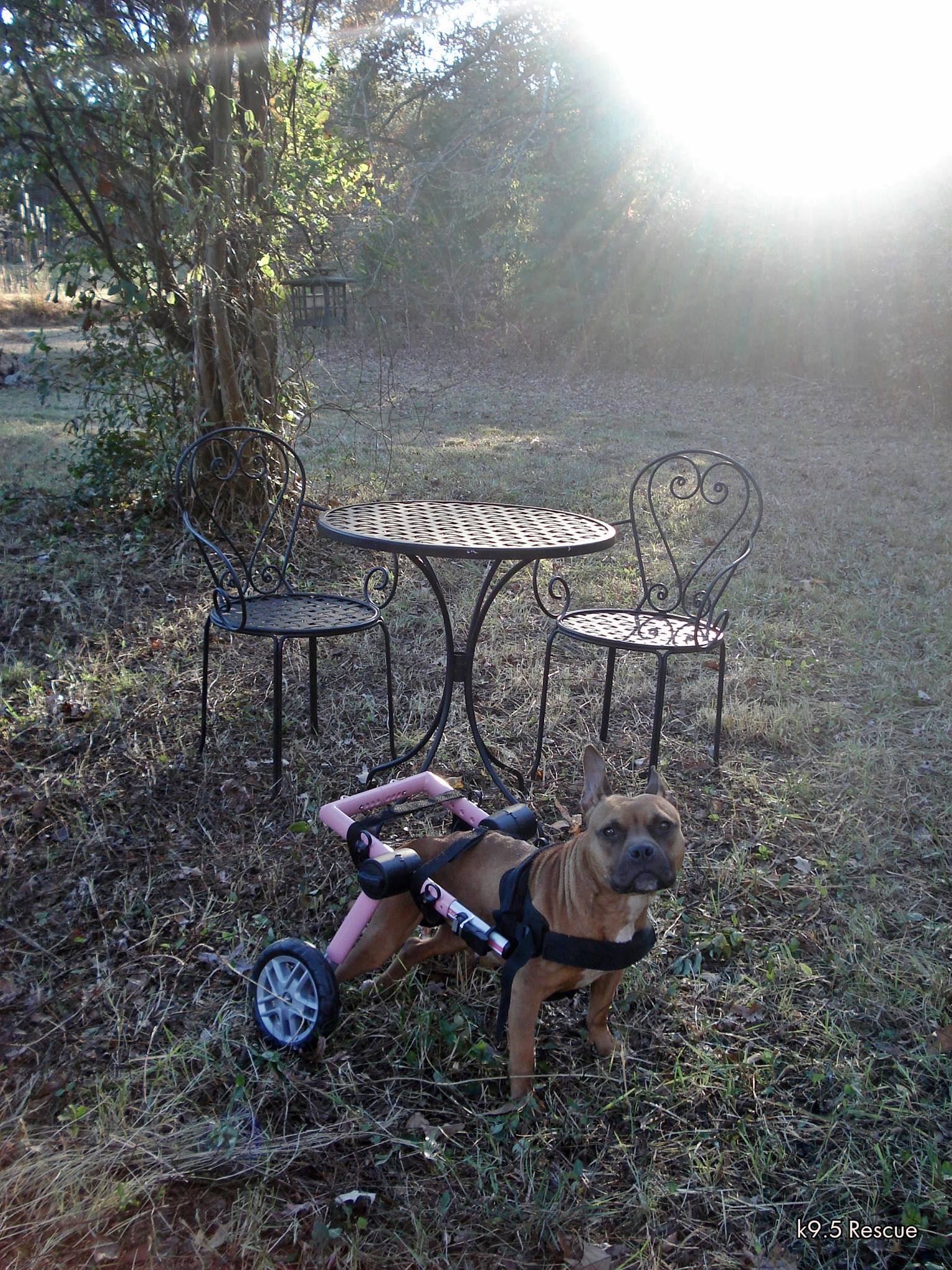One of our favorite groups of animals are those considered to be special needs pets. These are animals that require a bit of extra work, be it from emotional or behavioral struggles, one time sickness, trauma, genetic problems, or chronic illness. We’ve taken in a variety into our rescue and have been touched by them all. They provide teachings and rewards that simply cannot be learned in everyday life.
Physical Disabilities
Examples of a physical special need are deafness and blindness. While seemingly troublesome and overwhelming, animals are only slightly affected by the loss of a major sense, and they adjust amazingly. A blind dog may bump into a few things here or there, but they live their days as any other, walking around, playing, running in the yard, jumping on the bed, knowing their favorite spot, and socializing with other animals and humans alike.
Noelle, one of our past Sanctuary dogs, was blind. Severe Glaucoma required an enucleation (removal of the eyes) so that she’d be free of constant pain. Even without her eyes, however, she could easily walk to the bed, jump on top, do a “back dance” in the middle of the mattress, and then snuggle in for a comfortable nap.
Deaf dogs simply need to learn hand signals and they, too, are very capable of a normal life. They also enjoy the everyday things, such as walks, social events, catch and retrieve, and anything else that resembles fun.
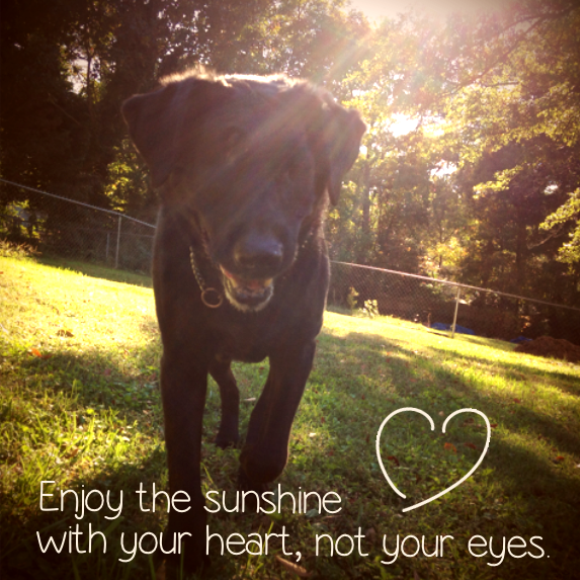
Another example of a physical disability is an amputation. For instance, if an animal faces a leg amputation, he or she quickly overcomes the loss, continuing to run, jump and play as any “normal” dog. An animal can manage on three, even two legs, and remain agile and strong without worry.
Additionally, it’s even possible for an animal to find itself paralyzed or facing a neurological disease and in need of a wheelchair. A wheelchair is designed for animals who are unable to walk normally without assistance due to illness or injury. With wheelchairs, animals can live long, joyful and fulfilling lives, even from puppyhood to their senior years. They have a grand time in their wheelchairs as they chase balls, go for walks, explore and play. When not in their chair, they simply adapt by doing what they need to do to continue about their day, and do not dwell on the fact that they cannot use their limbs properly. They just live like always and enjoy the moment. Wheelchairs are becoming more and more popular among pet owners because it gives these animals a second chance on life.
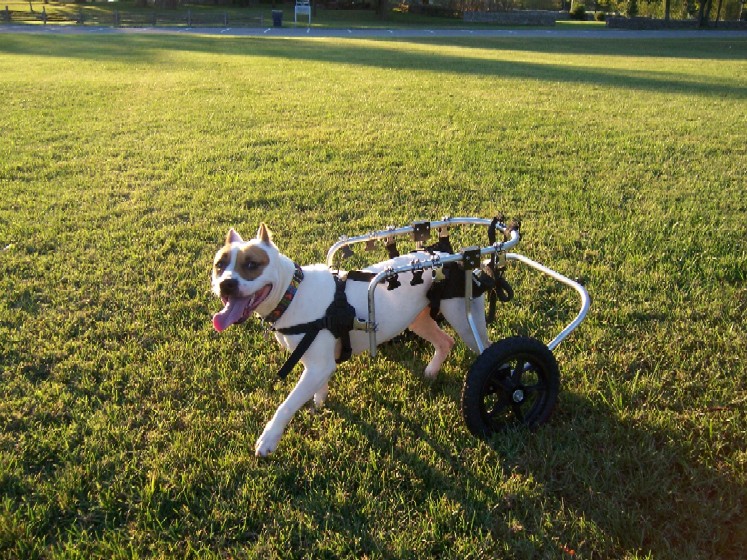
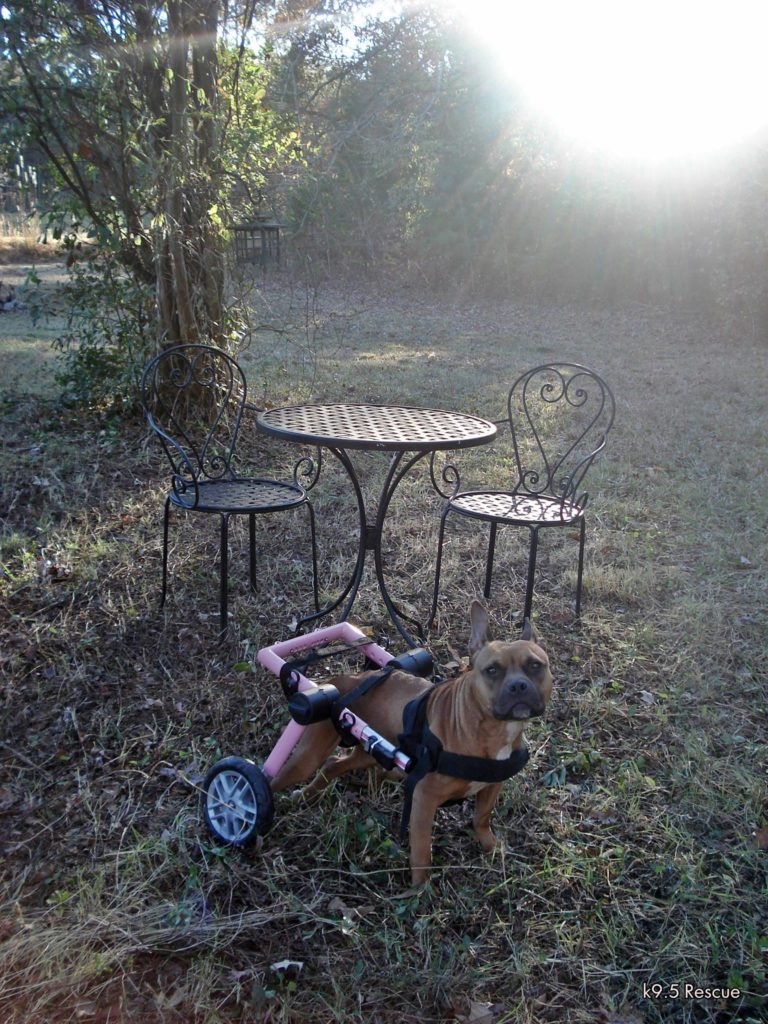
Injury
Other types of special needs cases are animals with extreme injuries. This includes trauma that requires orthopedic surgery, any sort of emergency care (e.g. hit by a car or shot) and more.

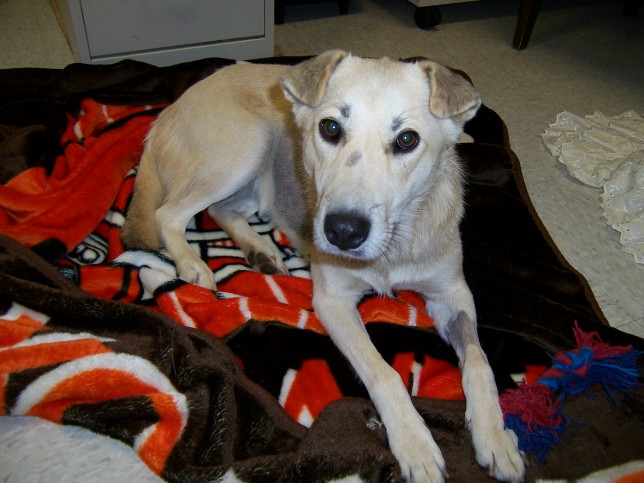
Emotional Distress
Included in the special needs list are those that have been severely abused and/or unsocialized, to the point of being terrified of the human race. These animals run, hide, wrestle, cry and panic to the extreme, needing focused and specific attention in order to overcome these fears. We know this is something that can be accomplished, allowing the animal to grow and enjoy not only life, but the happiness that comes along with having a human companion.

Illness
Medical cases are found to the extreme all too often, and many are compounded by additional ailments. For instance, mange often welcomes bacterial infections and yeast, while also weakening the immune system and allowing other parasites to take advantage. Piling on issues such as dehydration, weakness, and organ failure result in major medical treatment and even death if not treated immediately.
Other examples include difficulty holding his or her bladder, seizures, an autoimmune disease such as Diabetes or Addison’s Disease that requires daily or monthly medication, or even one that causes difficulty in walking, such as Wobblers.
A few cases we’ve taken in can be seen below.
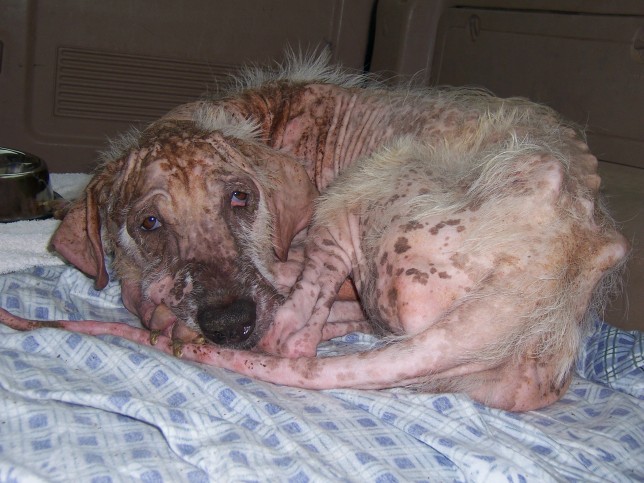
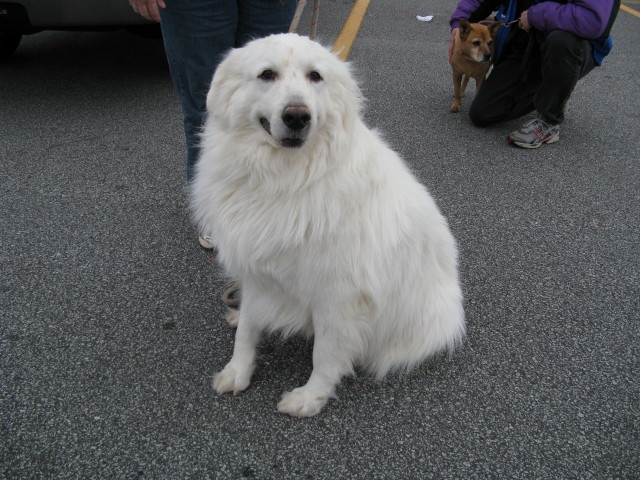
One of our rescued animals, Dudley, came to us with a teetering gait, but he was quite normal in his daily activities. He could carry himself without trouble, but he had sort of a drunken sailor type of walk due to Cerebellar Hypoplasia. Sadly, he passed of cancer, but he was incredibly happy and playful during his stay with us. He had such delight that it was impossible to be sad, distressed or angry around him…he overwhelmingly altered your attitude to the positive.
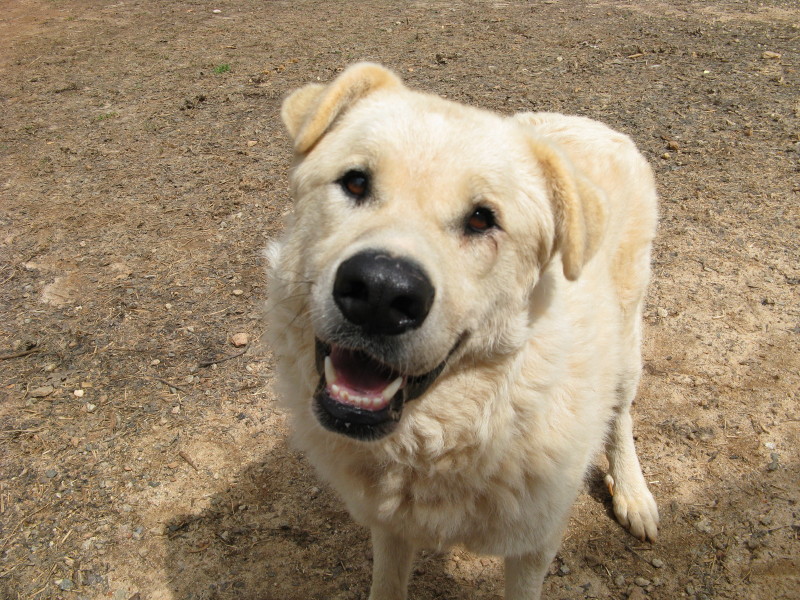
These animals are not to be pitied or looked down upon. They are only to be loved. While an illness or injury that is painful or detrimental to the animal needs to be addressed accordingly so that the animal will not suffer, if there is a way to address the issue and the pet can live a happy life, then by all means allow them to do it. Just like humans, they can continue to thrive. Much differently than many humans, however, they do not let it affect them negatively, cause depression or anxiety, nor do they expect more from others due to their own loss.
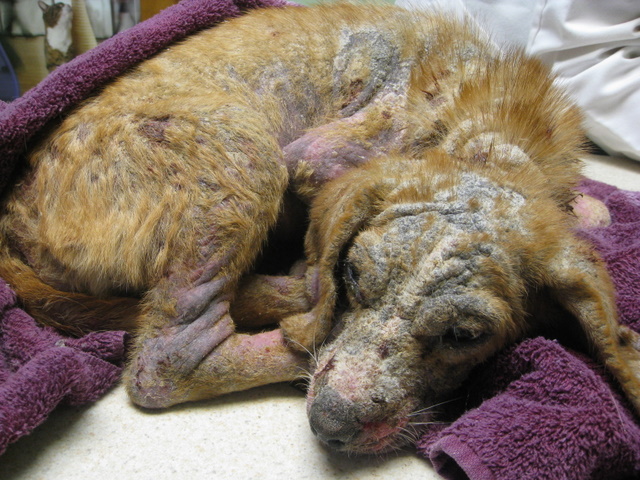

There is great joy and much to learn by parenting a special needs animal. So if you find yourself loving an adoptable pet that has some sort of handicap or ailment, don’t disregard your feelings. Go ahead and adopt the animal so that you can experience the great fun you can have together. You’ll establish an incredible bond and a monumental love that will never be destroyed.
